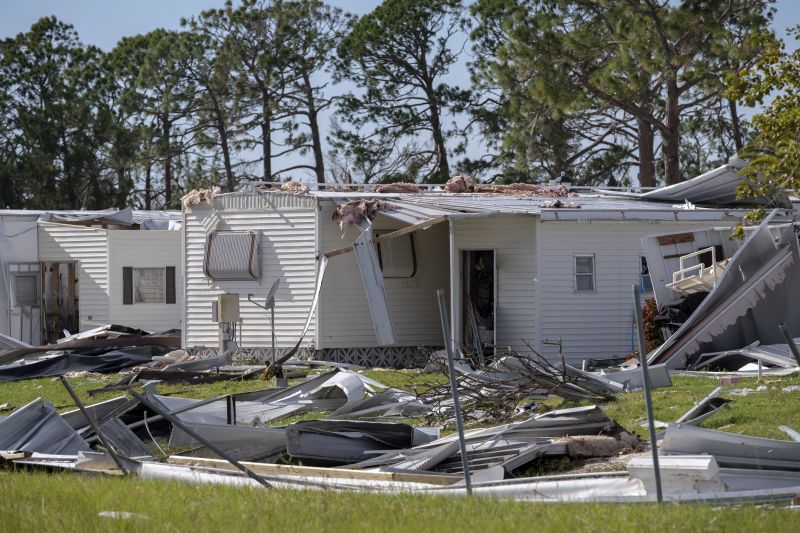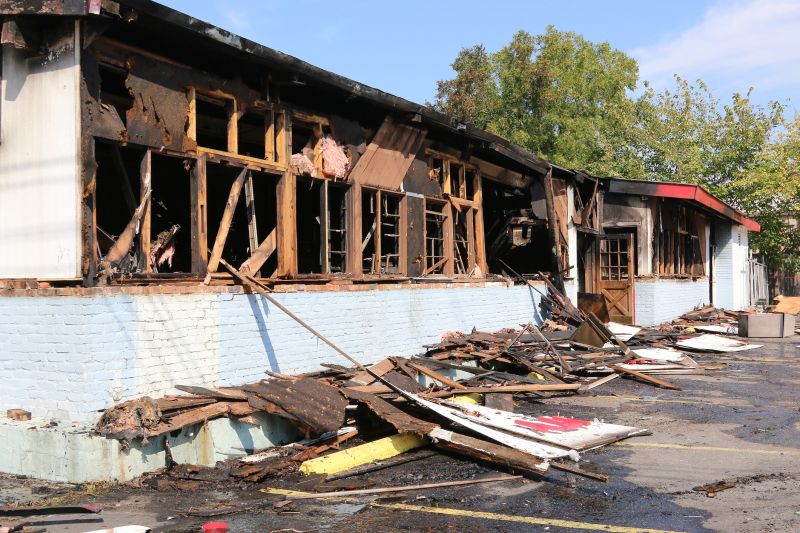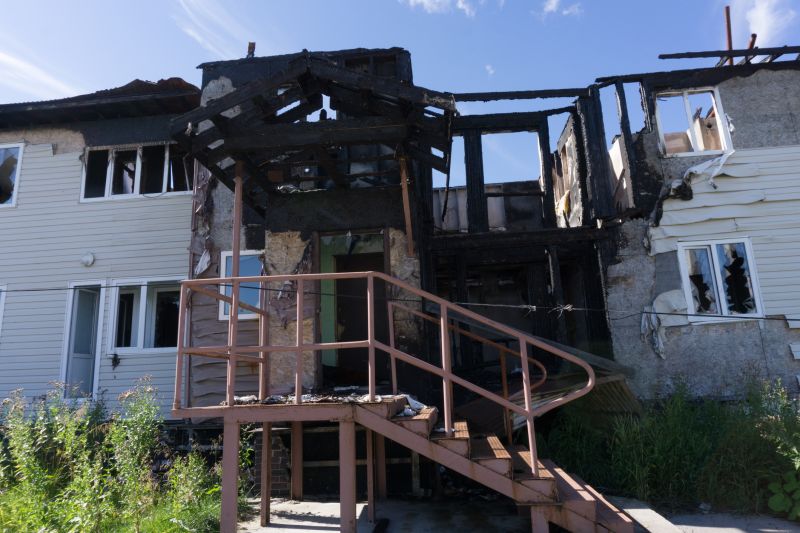Optimal Timing for Storm Restorations
Storm restorations are critical for restoring safety and structural integrity after severe weather events. The timing of these restorations can influence the effectiveness, cost, and longevity of repairs. Understanding seasonal patterns and weather conditions helps determine optimal periods for performing storm restoration work.
This period often sees increased storm activity, making it a common time for storm restorations. Conducting repairs early helps prevent further damage during the storm season.
Weather conditions tend to stabilize, providing favorable conditions for thorough restoration work before winter storms begin.
Restorations during winter are possible but can be challenging due to cold, snow, and rain, which may delay or complicate work.
Immediate restoration after a storm is essential to minimize damage and prevent secondary issues such as mold or structural failure.

Visual inspection of roof and exterior damage after a storm.

Temporary fixes to prevent further damage until full restoration.

Step-by-step repair of damaged structures.

Ways to make Storm Restorations work in tight or awkward layouts.

Popular materials for Storm Restorations and why they hold up over time.

Simple add-ons that improve Storm Restorations without blowing the budget.
| Season | Ideal Timing |
|---|---|
| Spring | Early spring for planning and initial repairs |
| Summer | Mid to late summer for detailed restoration |
| Fall | Late fall before winter storms |
| Winter | Limited, mainly emergency responses |
| Post-Storm | Immediately after a storm for urgent repairs |
Storm restorations involve repairing damage caused by severe weather events such as high winds, hail, and heavy rain. These repairs may include roof replacement, siding repair, window replacement, and structural reinforcement. Prompt restoration minimizes secondary damages, including water intrusion, mold growth, and structural weakening. Statistics indicate that timely repairs can reduce long-term costs and improve safety outcomes. In Placerville, California, storm activity varies seasonally, with the highest frequency occurring during late fall and winter, emphasizing the importance of preparedness and timely response.
Proper planning and execution of storm restorations depend on weather conditions, material availability, and workforce readiness. Restorations conducted during favorable weather conditions tend to be more efficient and durable. Delaying repairs until after storm seasons can lead to increased damage and higher costs. Understanding regional weather patterns helps prioritize restoration efforts and schedule work during periods with optimal conditions.

Visual evidence of storm-related exterior damage.

Tools and machinery used in storm repairs.

Restoration project showing damage and repaired state.

Removing debris and preparing for repairs.
Interested parties are encouraged to contact for more information regarding storm restoration services. Timely intervention ensures the safety and durability of structures, reducing potential costs and hazards associated with storm damage.
